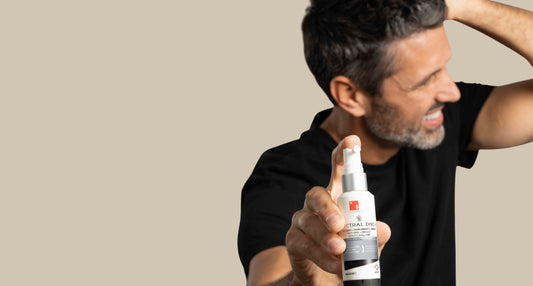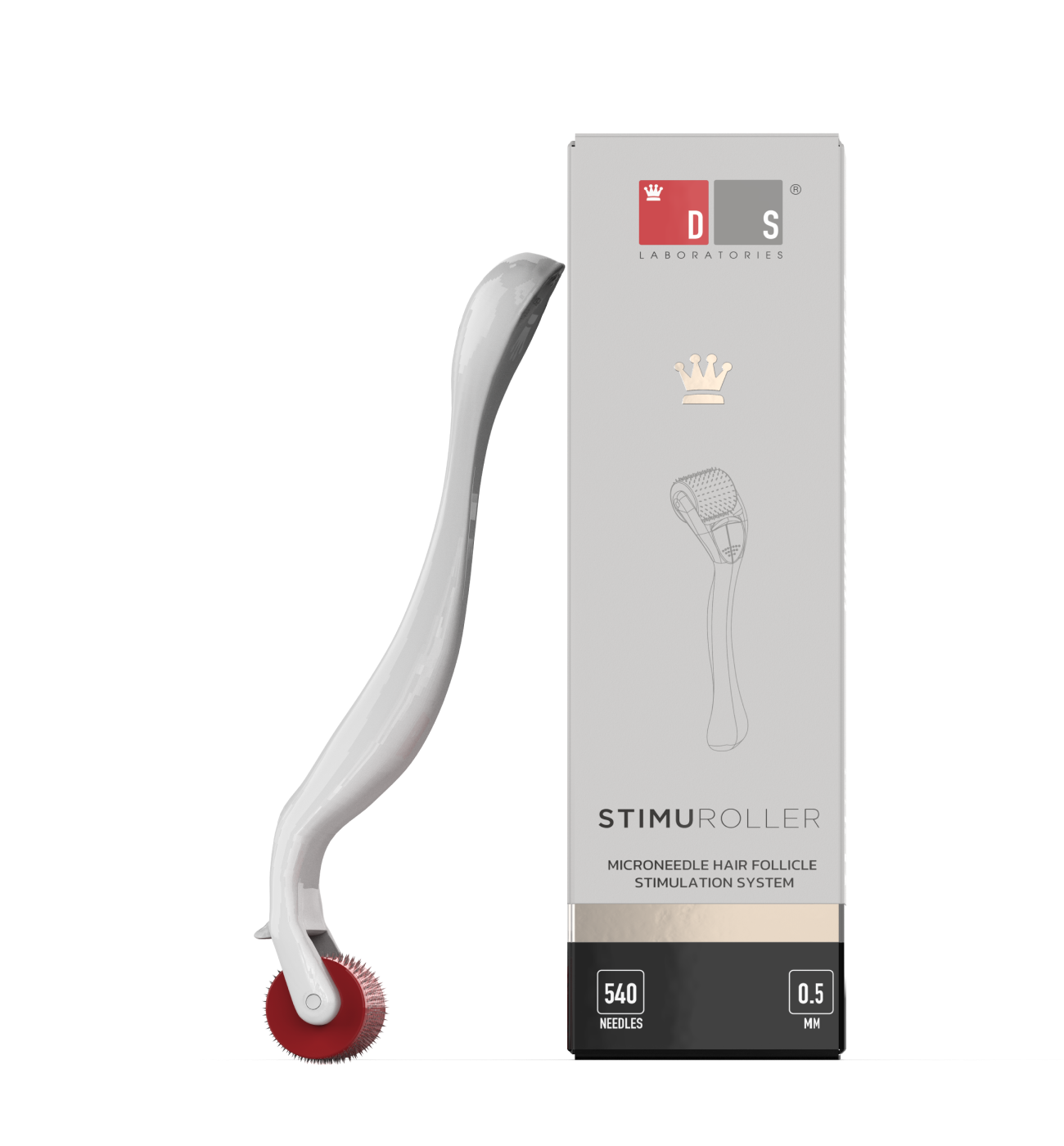As you grow older, it’s absolutely normal for the aging process to cause your hair to start thinning. This is especially true if you’ve got a history of pattern baldness in your family.
And it’s very common to start noticing thinning hair around the crown. While it may not be easily visible to people around you, it can feel scary and unsettling.
However, there are ways to treat and combat hair thinning and hair loss in the crown area.
In this article, let’s answer all your burning questions about hair transplant procedures, and whether you can get a hair transplant done in your crown area.
What is a Hair Transplant?
A hair transplant is just that: transplanting hair to parts of your scalp that don’t have as much hair or are balding. It can be performed in a variety of ways but grafting is the most commonly used method of hair transplant.
In this process, hair grafts are harvested from a healthy part of the head (usually the back). Hair grafts, also known as hair plugs, are nothing but tiny pieces of the scalp with one or two hairs in them. Once “harvested”, the hair grafts are transplanted to the balding parts of your scalp.
For many people, a hair transplant surgery can help restore what appears to be a full – or at least fuller – head of hair.
Who Can Get a Hair Transplant?
There are two types of hair transplant surgeries: Follicular Unit Strip Surgery (FUSS) and Follicular Unit Extraction (FUE) that you can undergo. Your doctor will assess your condition and see what works best for you.
While not many, there are certain prerequisites you need to check before opting for any hair transplant surgery. If you check all the right boxes, then you’re eligible to have a hair transplant procedure done.
Make sure you meet the following criteria:
- You still have thick hair growth on your scalp in some or a few areas.
- You are in good health, with no complications that might interfere with surgery.
- You do not have keloid scar formations (thick, fibrous scars) on your scalp post an injury or surgery.
- You are genetically predisposed to permanent baldness which runs in your family.
Remember no surgery, including a hair transplant, is magical. Keep your expectations as realistic as possible. Go in with an open mind and expect improvement!
Can You Get a Hair Transplant For The Crown?
Now that you understand a little more about hair transplants, let’s address the elephant in the room: can you have a hair transplant for thinning hair in your crown area?
The answer is yes!
There are some conditions to it though. Crown hair transplants frequently require more hair than frontal hair transplants. This is owing to the viewing angle of the crown. If there are enough donor hairs available, hair transplantation could be performed in the crown area.
Crown hair transplants are not quite the same as regular hair transplant surgery. Hair grafts are collected from the back of your head and transplanted onto the crown in spots the hair has fallen out or thinned visibly.
But, the crown is a complicated area for professionals. An experienced trichologist understands that simply increasing density in the crown area can frequently result in a patch of bald skin around the region where the surgeon has performed the permanent hair transplant.
That’s one of the reasons why experts do not recommend crown transplants for men in their twenties or thirties.
If you're that young, there are still chances of hair falling out around the crown, especially if you're predisposed to male pattern baldness.
So it’s always advisable to wait a while before planning a crown hair transplant. This gives you ample time to fully realize your hair loss pattern, and the chances of the hair transplant being successful are way higher!
Do You Need A Donor?
Since the size of the crown is large, it needs multiple hair grafts. That’s why the rest of your head may not be able to provide all of it. In such cases, a simple hair transplant surgery can involve the need for donor hair.
If you want a full-head hair transplant, significant donor hairs must be accessible and not be used up by the crown alone. This may necessitate multiple sessions to complete the surgery.
The crown also has a swirling vortex of hair that grows out in different directions. This can be challenging to graft, but skilled professionals should be able to handle it.
How To Care For Your Hair After a Crown Transplant?
If you’ve just had a crown hair transplant surgery, there are a few after-care tips you must follow.
- Have a nutritious diet.
- Wash your hair very gently with mild shampoos.
- Don’t put your hair up in tight up-dos.
- Sleep in a slightly reclined position, do not lie down completely to prevent friction and gravity from causing hair loss.
Follow these tips and you’ll be golden.












